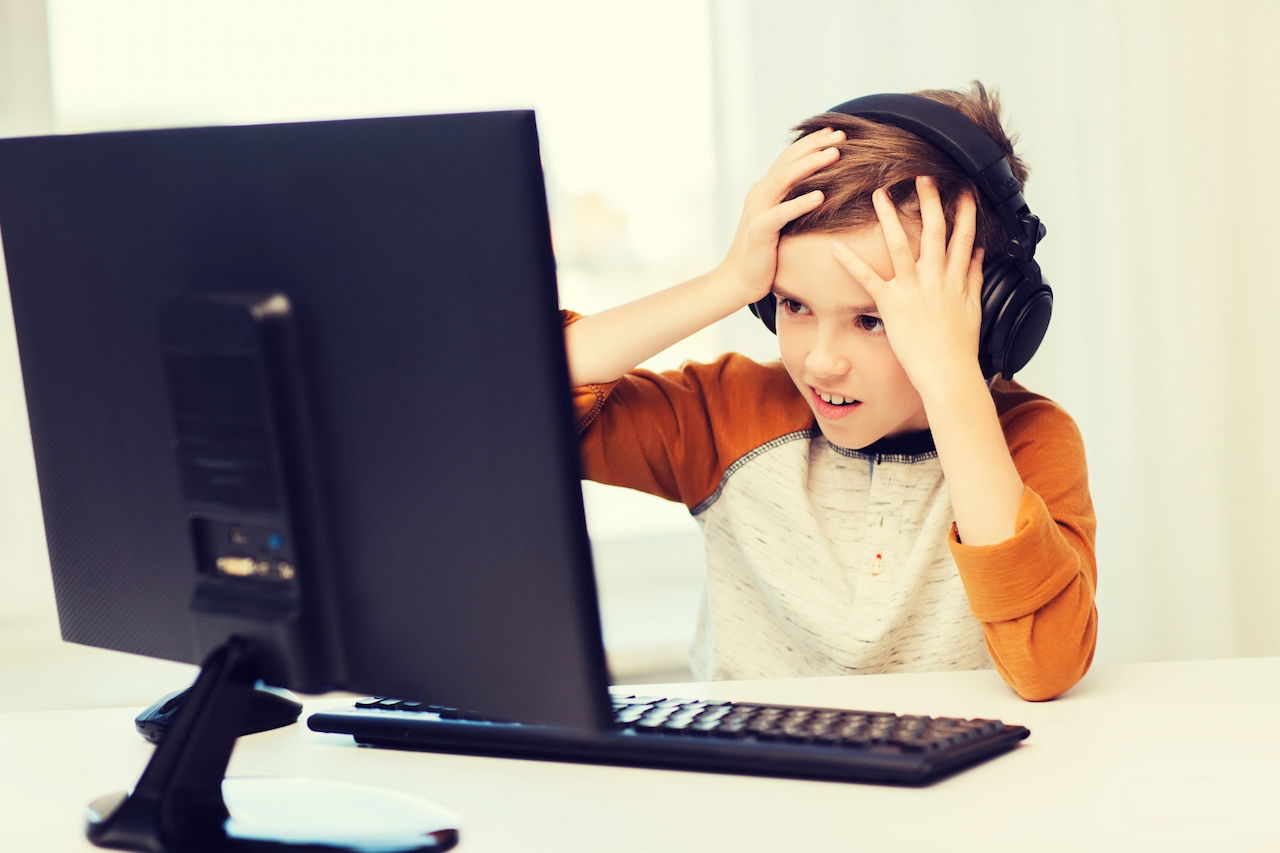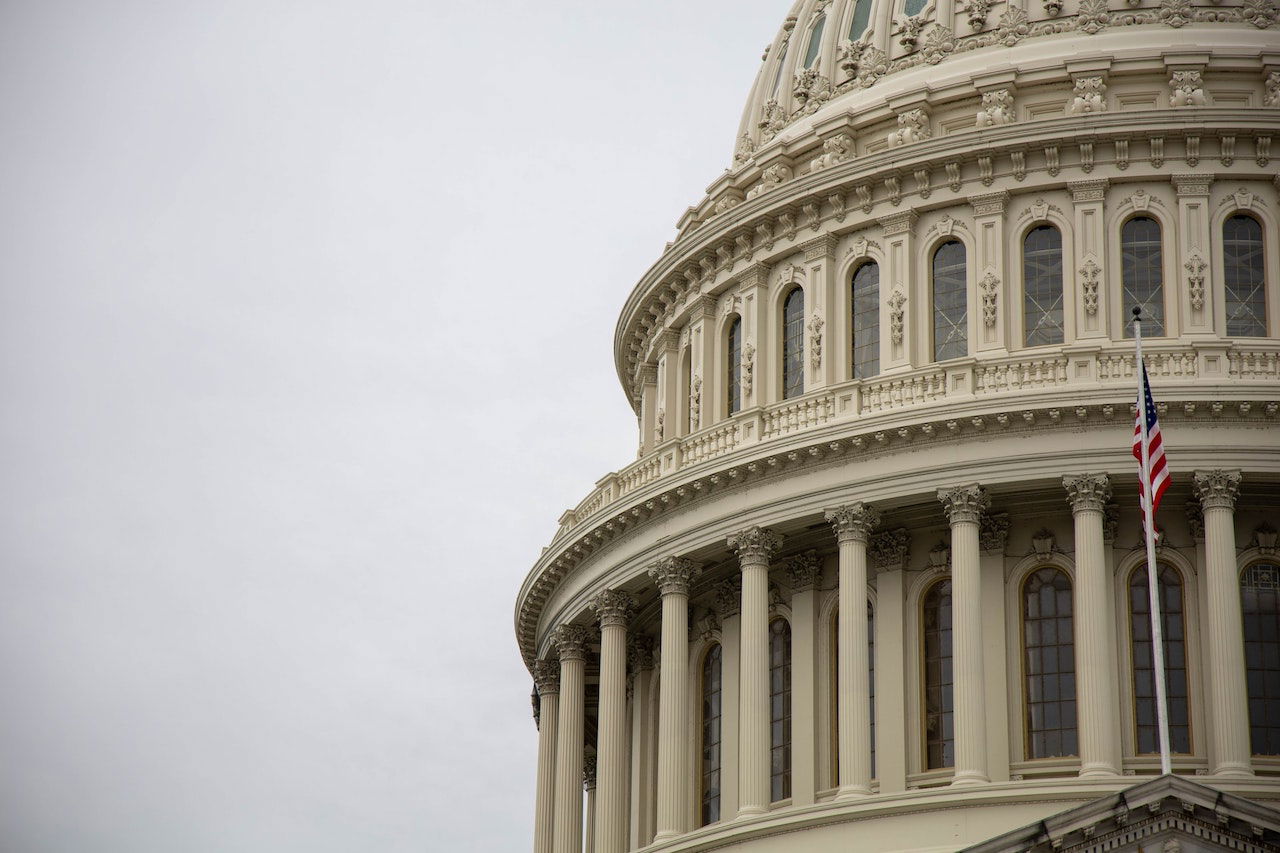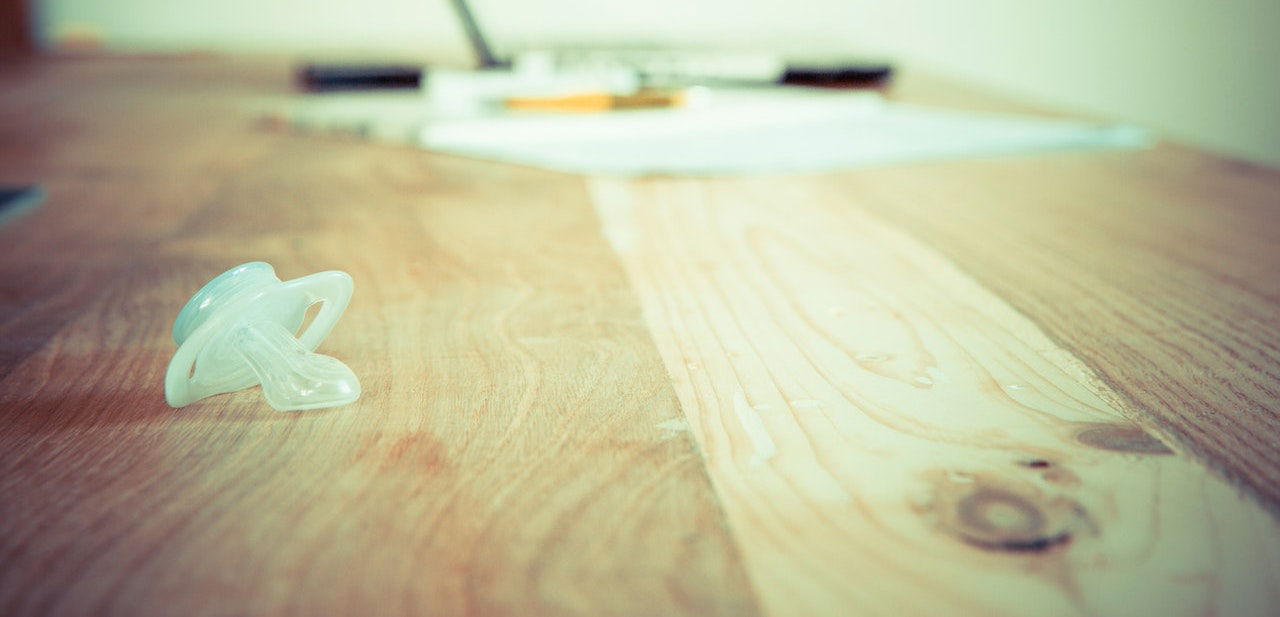Highlights
Lisa Ann, a porn star, is used to being recognized in public by adults. But now children as young as age 12 stop her and ask, “Can we f---?” This is just one of the stories illustrating the (perhaps) unforeseen consequences of cheap Internet porn on children, adults, and communities across the globe that are featured in a fascinating new podcast, The Butterfly Effect.
The podcast is a seven-part series in which Welsh journalist Jon Ronson reveals some of the most curious and wide-ranging repercussions of free online porn. In addition to Lisa Ann, Ronson introduces listeners to a porn performer whose 13-year-old daughter first learned her mom was a porn star when she heard about it from her peers. Listeners also hear from Nathan, a young man who has been outcast as a sexual offender for mimicking what he learned in porn at age 18.
Stories like this debunk the myth that porn is consequenceless—a point that was further driven home in a recent New York Times Sunday Magazine piece that profiled children participating in a Boston area sex education program called Porn Literacy. What readers find in it is the stuff of parents’ nightmares, and something even many non-parents try to forget: that most young people are watching more porn than we realize and that it’s heavily shaping their view of sexuality.
One such adult trying to forget is porn director Mike Quasar, who Ronson interviewed. When Ronson stated the fact they both knew to be true—“Every bit of porn that you shoot is going to be watched by millions of 10-year-old kids,” Quasar answered, “Yes... I wish it wasn’t.”
“Does it ever throw your mind when you’re shooting a scene?” Ronson asked. “Does the face of a 10-year-old kid ever sort pop into your head?”
The porn director replied, “No, never. If I thought like that, I couldn't get up in the morning.”
Ronson shares seemingly disparate accounts in a format he describes as perhaps “a new way of telling a story,” drawing attention to unexpected far-reaching consequences of one first action. In the “butterfly effect,” the first action in question was taken by tech entrepreneur Fabian Thylmann from Brussels, who acquired Pornhub in 2010 and effectively made limitless amounts of porn available for free online.
The Butterfly Effect provides evocative anecdotes, but what the podcast does not provide in overarching trends and data analysis, W. Bradford Wilcox and Samuel Sturgeon do provide in their recent piece, “Too Much Netflix, Not Enough Chill.” As it happens, another consequence of easily accessible porn may be that young people are not having as much sex as they did just years ago. Before we celebrate them for good behavior, we might consider the hypothesis that this is, in part, a result of technology, namely smartphones and porn. This isn’t good news—it’s not much of a win to avoid sex if it signals a turn away from interpersonal relationships at large and opting for screens instead.
The impact of Internet porn on impressionable children is currently hard to measure, but from the indicators we do have, there is a reason for concern.
Author Peggy Orenstein surveyed teen trends in her 2016 book Girls & Sex and found,
over 40 percent of children ages ten to seventeen have been exposed to porn online, many accidentally. By college, according to a survey of more than 800 students entitled ‘Generation XXX,’ 90 percent of men and a third of women had viewed porn during the preceding year.
We know that in some studies, excessive porn use in adolescents correlates with poor academic performance, poor memory performance, low psychological well-being and excessive sexual interest. Of course, this is only correlation, but when we look at other studies that show links between watching porn and viewing women as sex objects, causation becomes more plausible. Furthermore, one 2010 study involving pornographic videos found that physical violence against women is shown in 88% of scenes, and verbal violence in almost half.
As parents, we would be wise to heed the warnings and drastically curb our children’s alone time with Internet-capable devices. The pushback from our kids may be frustrating, but it’s better than finding out in several years that, as the butterfly effect goes, our son is the next Brock Turner.
There’s reason to believe boys’ consumption of objectifying material is not only changing how they view women but their actions as well. Other studies show adolescent porn use correlates with risky sexual behavior including sexting. “Girls are twice as likely [than boys] to be among those who were pressured, coerced, blackmailed, or threatened into it," Orenstein notes. And 20% of sexted photos are of children, mostly girls 15 years old or younger.
How culpable are porn execs, producers, actors, and even adult consumers in this problem of child exposure to porn? Since there are age-limit checkboxes required to enter many porn sites, it’s fair to say they’re not directly responsible. But Ronson’s journey following the butterfly effect of free online porn suggests that with the stakes as they are, any aspect of a connection should start begging our attention. Consider that if an adult intentionally exposed a minor to porn, in the United States that action would qualify as child abuse. That masses of children as young as 12 are being exposed to it, then, is not insignificant. We can all try to brush off culpability, assuring ourselves we never actively contributed to a child’s exposure, but at the end of the day, we’ll still be living in a world where this is a growing society-wide problem—a world full of its effects.
The good news is that we’re starting to hear critiques of porn in the mainstream. As parents, we would be wise to heed these warnings and drastically curb our children’s alone time with Internet-capable devices. The pushback from our kids may be frustrating, but it’s better than finding out in several years that, as the butterfly effect goes, our son is the next Brock Turner.
Adults everywhere are more empowered than we may realize to make a difference in children’s lives. There are many tangible ways to reduce society’s pornified carbon footprint. Resources exist, and parents can find them at places like Fight The New Drug, which proposes anti-porn thinking in hip terms; Covenant Eyes, which provides oversight of the content our children are looking at; and Culture Reframed, which recently launched a portal for parents to educate themselves on how to talk about porn with their kids.
Perhaps the most effective change, though, is for adults to examine our own relationships, what we’re consuming, how often we tune out human conversation in the face of screens, and how we respond to objectifying media in the presence of our children. Modeling healthy relationship behavior is indispensable in combating destructive trends. When Ronson interviewed the boy who unwittingly became a sex offender, the young man revealed that he first began looking at porn when his family moved and he felt isolated from old friends.
Let that be a reminder to us as parents today. While remedial programs such as Porn Literacy in the New York Times piece may do some good in exposing the harms of porn, the best antidote may be a return to healthy doses of the resources technology seems to have made too scarce: attentive quality time spent with real people.
Mary Rose Somarriba, who completed a 2012 Robert Novak Fellowship on the connections between pornography and sex trafficking, is a writer living in Cleveland and contributing editor for Verily Magazine.
Editor's Note: The views and opinions expressed in this article are those of the author and do not necessarily reflect the official policy or views of the Institute for Family Studies.













